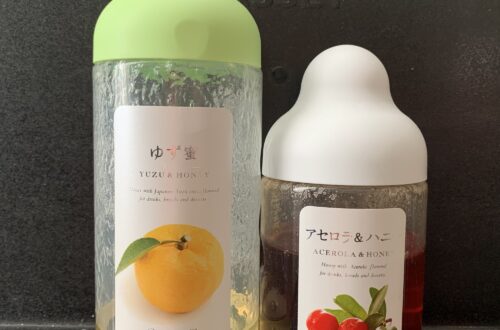White tea is renowned for its delicate flavor and health benefits. Unlike black tea or green tea, white tea is minimally processed. The leaves are harvested while still young and tender— before they fully open. This gentle processing method gives white tea a subtle, mild flavor. Unlike black or green tea, white tea has low caffeine.
Flavor Profile: delicate, light.
Uses for White Tea
White tea is one of my favorites. A plain white tea where one just enjoys the quality of a deceptively frail but definitely present tea.
What is Commonly Combined with White Tea?
White tea is lovely on its own. Make sure the quality is high enough, and no tea needs a complementary flavor added to it. White tea also goes quite well with fruits and flowers. For example, white tea with dried blueberries is light and nice. I commonly see jasmine or rose combined.
Possible Pairings
Most variations of white teas, whether pure or combined with other flavourings, will go well with a light lunch. Given that white tea is sometimes used to add a subtle flavour to savory stir-fries or soups, white tea could possibly go well with more savory fare, too. However, I usually end up drinking black tea when in that situation, so I have little experience.
Culturally, white tea is rarely a dinner tea pairing.
Other Details
Facts
White tea is rich in antioxidants, particularly polyphenols, which help to protect the body from free radical damage and inflammation. White tea also contains caffeine and theanine.
Beliefs
Some people believe that white tea helps with anti-aging, which may be part of why it is making a comeback as an ingredient in beauty products. White tea is also credited with improving cardiovascular health, reducing inflammation, and aiding digestion. Some believe that consuming theanine through tea increases energy levels and calms the mind. In traditional Chinese medicine, white tea is used to treat a variety of ailments, such as headaches, skin conditions, and respiratory problems.
Where Can I Find White Tea?
White tea is widely available, but higher quality tea tends to come from China, where it is primarily cultivated in Fujian. The best white teas are made from the buds and young leaves of the Camellia sinensis plant, which are harvested in the springtime when they are still covered in fine white hairs, giving the tea its name.
Buying a package while in Asia will probably be the most cost-efficient way to acquire high quality leaves. In other countries, a good white tea can become very expensive. But, as I often say, if you cannot taste the difference, you probably do not need to go for the best! Enjoy cheaper teas if it tastes good to you!
Most of us, myself included, will find it difficult to produce our own white tea. White tea is probably not something to try growing in your garden.




